Description
Dialogic DMV2400A-CPCI Digital Media Processing Board – CompactPCI voice/VoIP resources for scalable IVR and telephony
The Dialogic DMV2400A-CPCI is a DM3-based digital media board designed to add voice resources to CompactPCI systems—typically up to 24 full-duplex channels for IVR, voicemail, call progress analysis, and conferencing. From my experience, this model is used to bridge TDM backplanes (via H.100/CT Bus) with host-based VoIP stacks, so you can grow capacity without re-architecting your switch or application. You might notice that it fits particularly well in carrier-class or enterprise IVR platforms where reliability and predictable latency matter more than anything flashy.
Our Order Placement Process and Guarantees
- Warranty: 365 days
- Lead time: 1 week if in stock; no more than 1 month at the latest
- Payment terms: 50% advance payment; full payment prior to delivery
- Express shipping: FedEx, UPS, DHL
Key Features
- Up to 24 voice channels – Typically supports 24 full-duplex ports for IVR, announcements, and call control.
- DM3 architecture – Proven Dialogic media processing (DTMF/MF detection, call progress, gain control, conferencing).
- Codec flexibility – Common telephony codecs such as G.711 and, in many cases, G.729A/G.723.1 with appropriate licensing.
- Echo control – Line echo cancellation helps keep audio clear on mixed TDM/VoIP paths.
- H.100/CT Bus interoperability – Time-slot switching across the backplane to T1/E1 or analog interface boards.
- CompactPCI deployment – Designed for carrier-grade cPCI chassis with robust power and cooling.
- Wide software support – Typically works with Dialogic System Release/Global Call APIs on Windows and Linux.
Technical Specifications
| Brand / Model | Dialogic DMV2400A-CPCI |
| HS Code | 8517.70 (Parts for telecommunication apparatus) |
| Channel Capacity | Up to 24 full‑duplex voice channels (licensing/config dependent) |
| Power Requirements | Powered via CompactPCI backplane; typical consumption under 30 W in most cases |
| Form Factor / Size | Standard CompactPCI board (commonly 6U cPCI; approx. 233 × 160 mm) |
| Operating Temperature | 0 to +50°C, non‑condensing (typical for cPCI telecom boards) |
| Signal I/O Types | TDM via H.100/CT Bus on backplane; RTP/VoIP handled via host NIC and software stack |
| Communication Interfaces | CompactPCI backplane (PCI bus), H.100/CT Bus; software APIs: Dialogic SR/Global Call (OS support varies) |
| Installation Method | Installs in a CompactPCI chassis; interworks with telephony interface boards over H.100 |
Application Fields
Typical deployments include IVR self‑service, prepaid calling platforms, voice mail/unified messaging, and contact center front ends. In many cases, integrators pair the DMV2400A-CPCI with T1/E1 trunk cards on the same H.100 bus to scale TDM capacity while running VoIP applications on the host. One thing I appreciate is how easily it expands legacy voice platforms—add another board, update licensing, and you’re up by 24 channels without touching the switch fabric.
- Carrier IVR and announcement servers
- Banking and utilities self‑service portals
- Hosted voice applications in cPCI chassis
- Hybrid TDM/VoIP migrations where predictable media resources are required
A systems integrator recently told us they added two DMV2400A-CPCI boards to a regional IVR farm and gained a ~20% capacity bump with no code changes—just a driver refresh and license update. That seems to be the sweet spot for this model.
Advantages & Value
- Reliability – DM3 boards are known for stable uptime in 24/7 environments.
- Compatibility – H.100/CT Bus interoperability with Dialogic trunk cards and broad API support.
- Cost efficiency – Scale in 24‑channel steps; avoid forklift upgrades of the whole platform.
- Lifecycle support – Ideal for maintaining mature platforms where deterministic TDM resources are essential.
- Technical backing – Drivers, sample code, and long-standing developer ecosystem reduce integration risk.
Installation & Maintenance
- Cabinet & environment – Install in a compliant CompactPCI chassis with adequate airflow; keep ambient 0–50°C and non‑condensing humidity.
- Power & grounding – Ensure stable backplane power and proper chassis grounding; avoid sharing power rails with noisy loads.
- Backplane wiring – Use the H.100/CT Bus for time-slot routing; confirm slot placement aligns with your trunk cards for optimal timing.
- Software – Match driver/System Release versions to your OS; verify codec/fax licenses before load testing.
- Routine care – Quarterly dust cleaning (ESD-safe), check event logs, and update firmware/drivers during maintenance windows.
- Safety – Observe ESD precautions when handling; power down and discharge before insertion/removal.
Quality & Certifications
- Certifications – Typically CE and FCC compliant for telecom equipment; many units are RoHS-compliant depending on manufacturing date.
- Standards – Designed for carrier-grade CompactPCI deployments with H.100/CT Bus interoperability.
- Warranty – 365-day warranty coverage from shipment date.

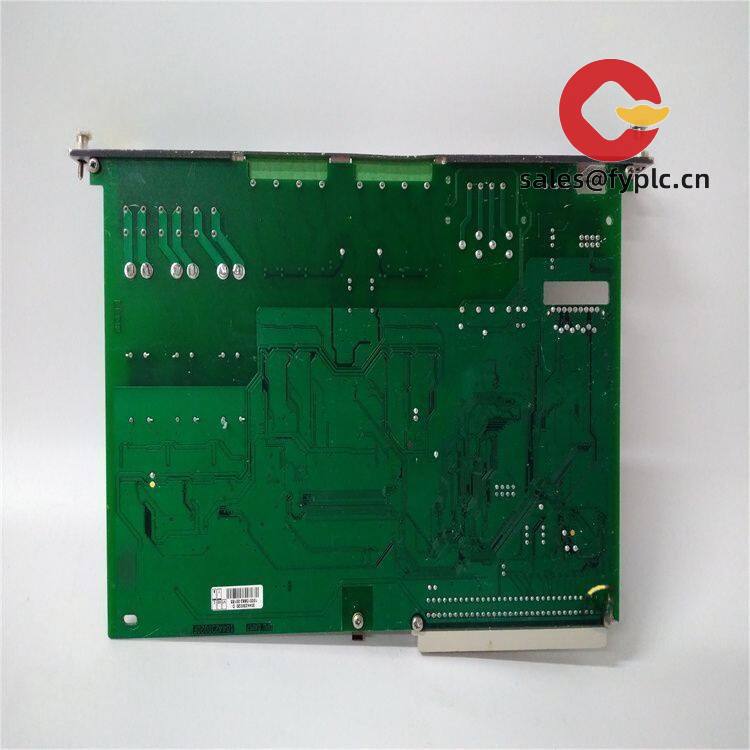


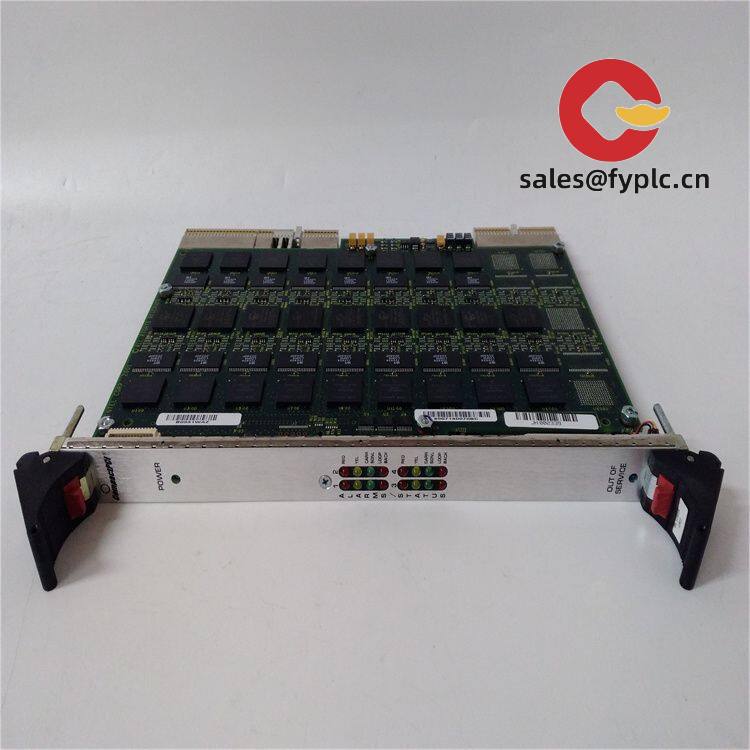
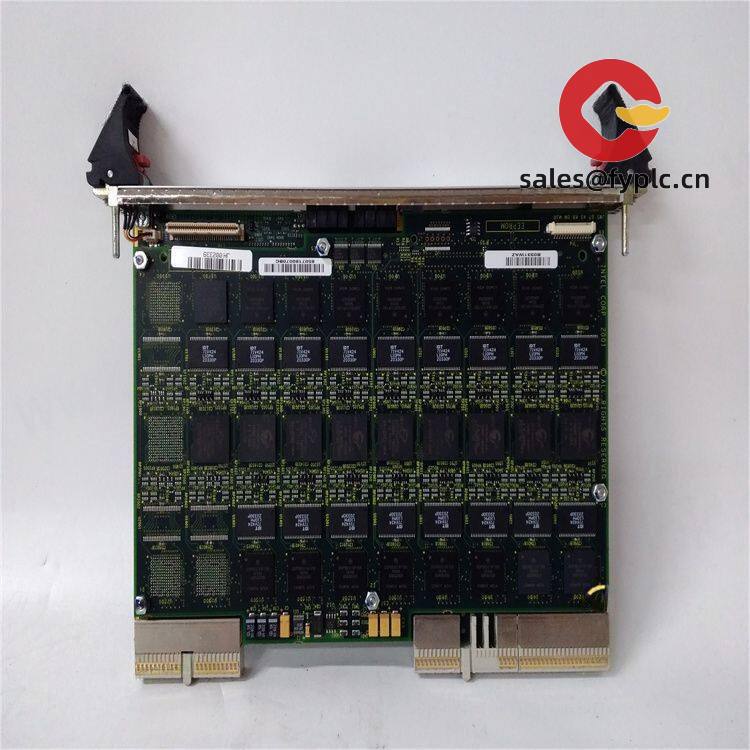

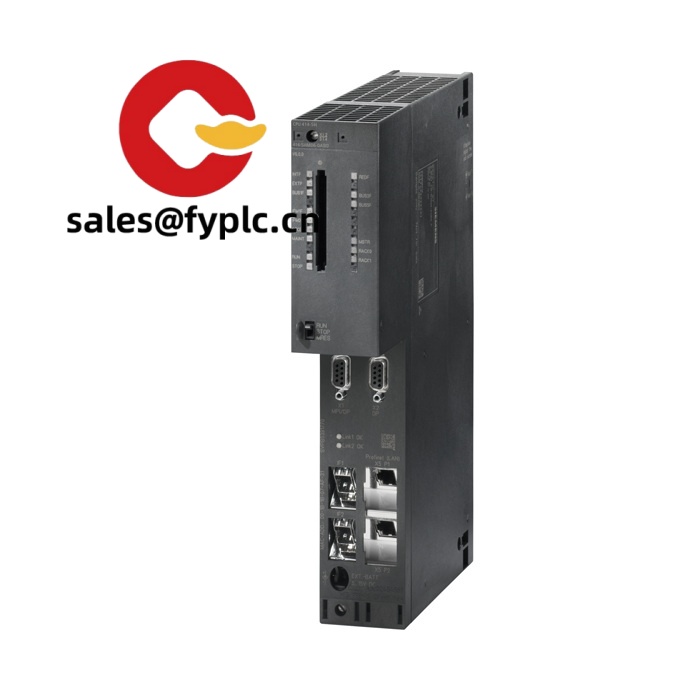
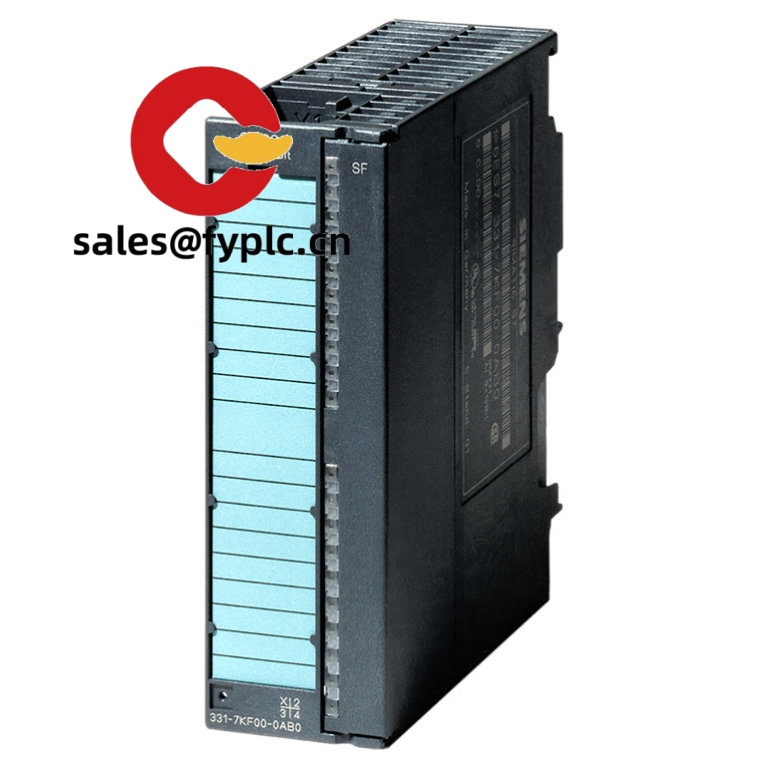
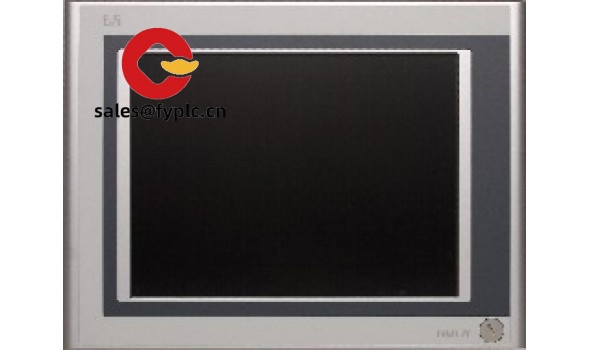

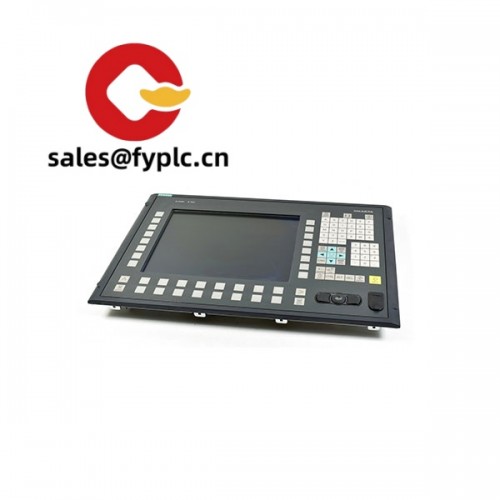
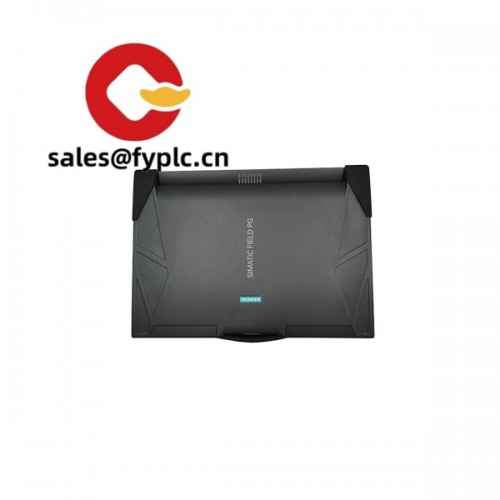
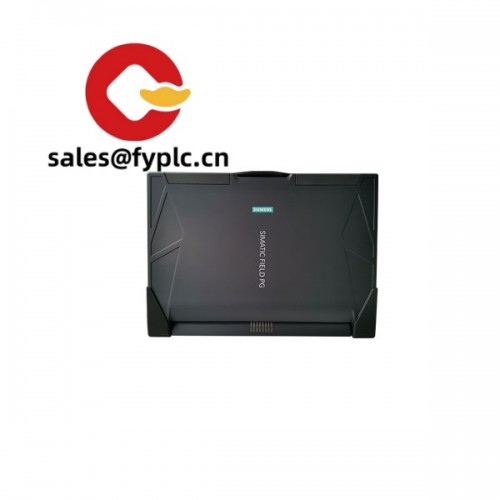
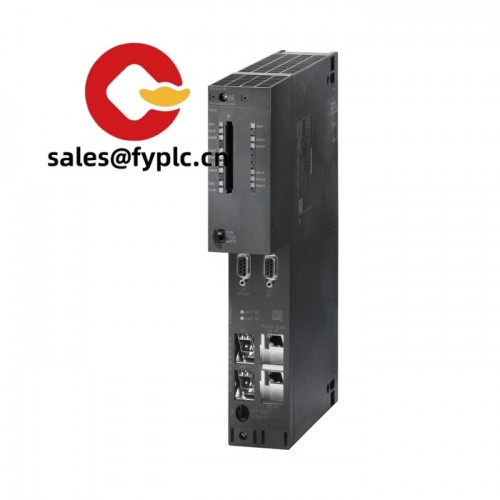


Reviews
There are no reviews yet.